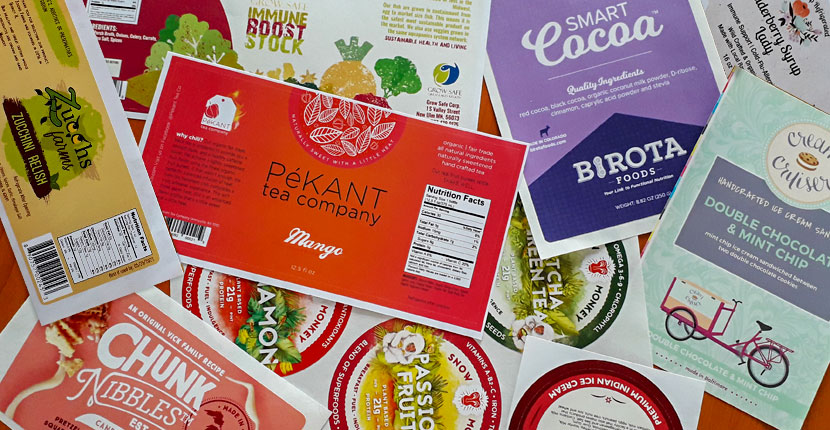Food labels tell us whether we should purchase or avoid a product. They communicate important information about how the food is produced, which affects our health and the environment.
All packaged foods for sale require labeling. Food packaging labels serve the purpose of informing the buyers about the product and luring them into buying it. The manufacturers want to make what they are selling as attractive as it gets, both with the content and the visual representation, so that the consumers would continue to purchase from them.
The Food and Drug Administration and the US Department of Agriculture have certain requirements about information printed on food labels in the United States. These requirements are clearly stated in the Nutrition Labeling and Education Act, and in Food Safety and Inspection Service guidance documents.
Each country has a certain regulative body and certain laws that regulate nutrition and labeling for that country. Inaccurate information on food labels can cause many problems for customers and manufacturers. Omitted statement about ingredients that cause allergies, wrong “best used by” date, claim that a product is non-GMO when in fact it contains GMO ingredients, or any such false information can harm the customers, and make the manufacturers face serious lawsuits.
Aside from the nutritional content and health claims, food labels can contain other information that the manufacturer chooses to display – advertisements, recipes, etc. Also, it is very important to have an eye-catching label design that will differentiate it from other labels and products, and convince customers to buy it.
Food Packaging Label Pros want to acquaint you with popular label materials and adhesives, specifics of the label printing process, and get you ready to order a food packaging label that will be perfect for your needs.

